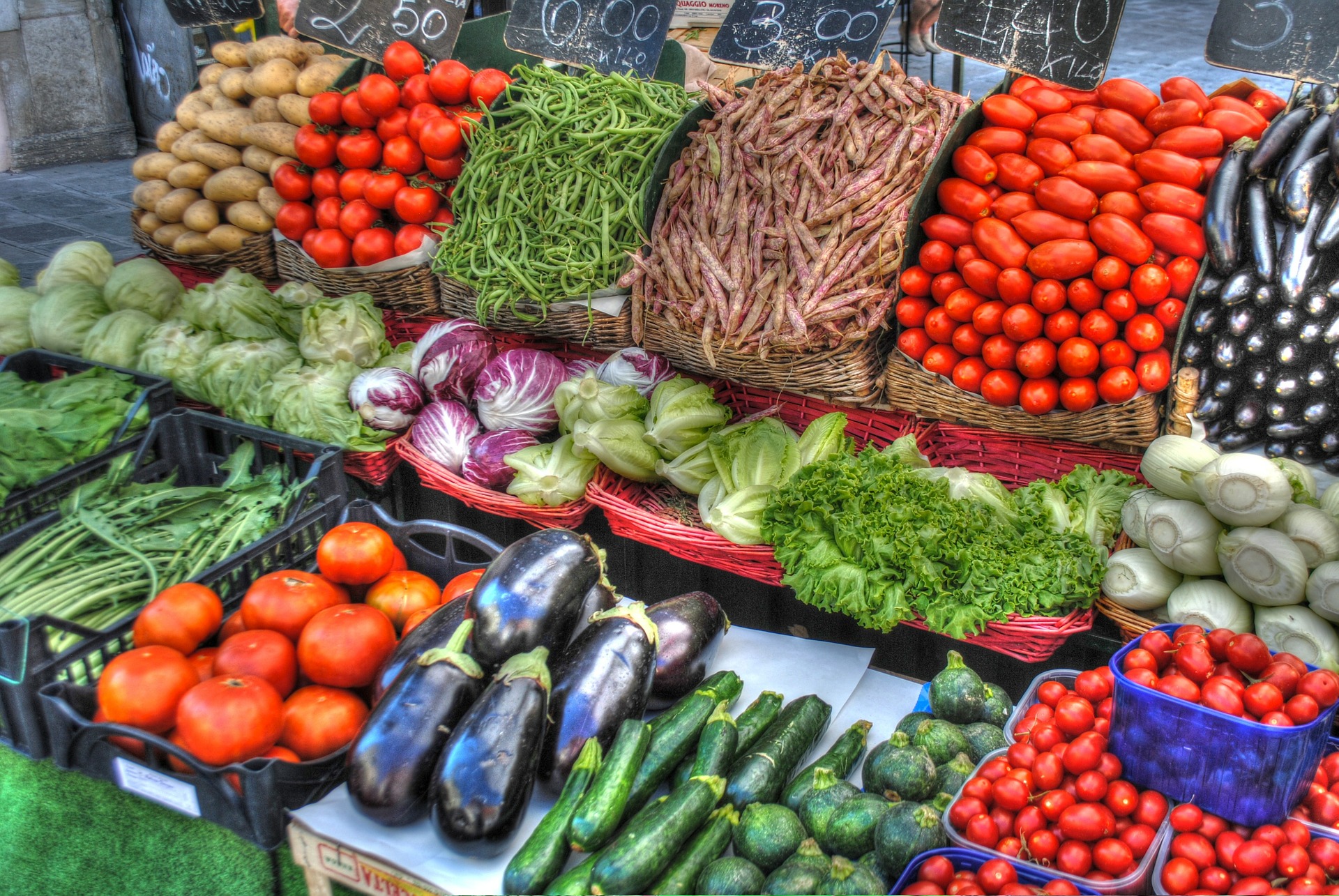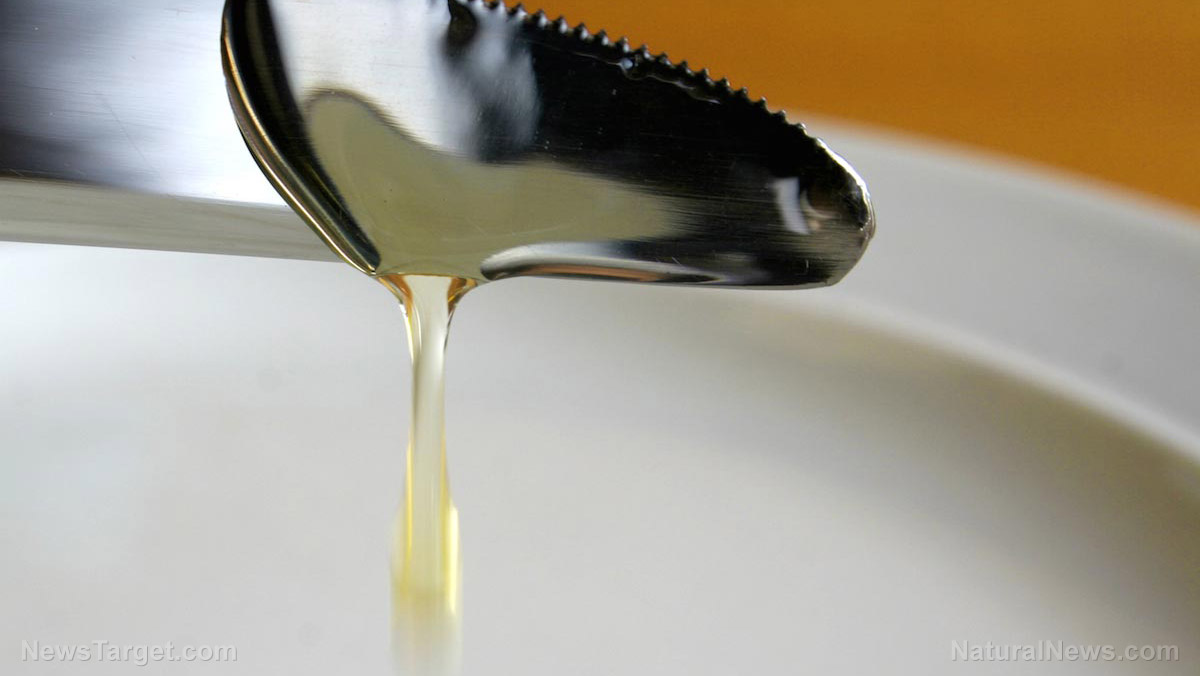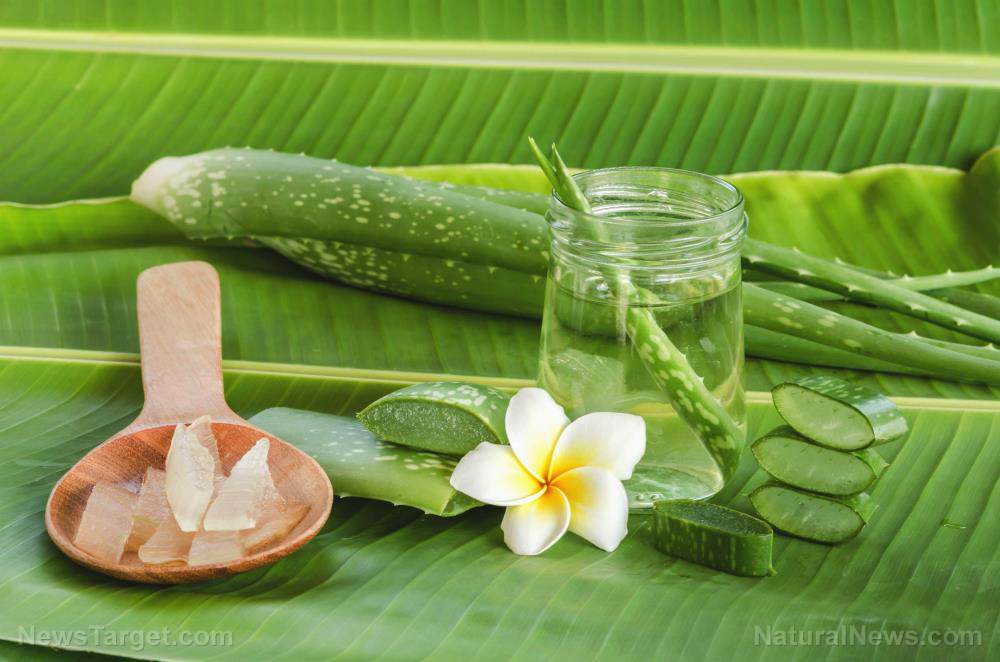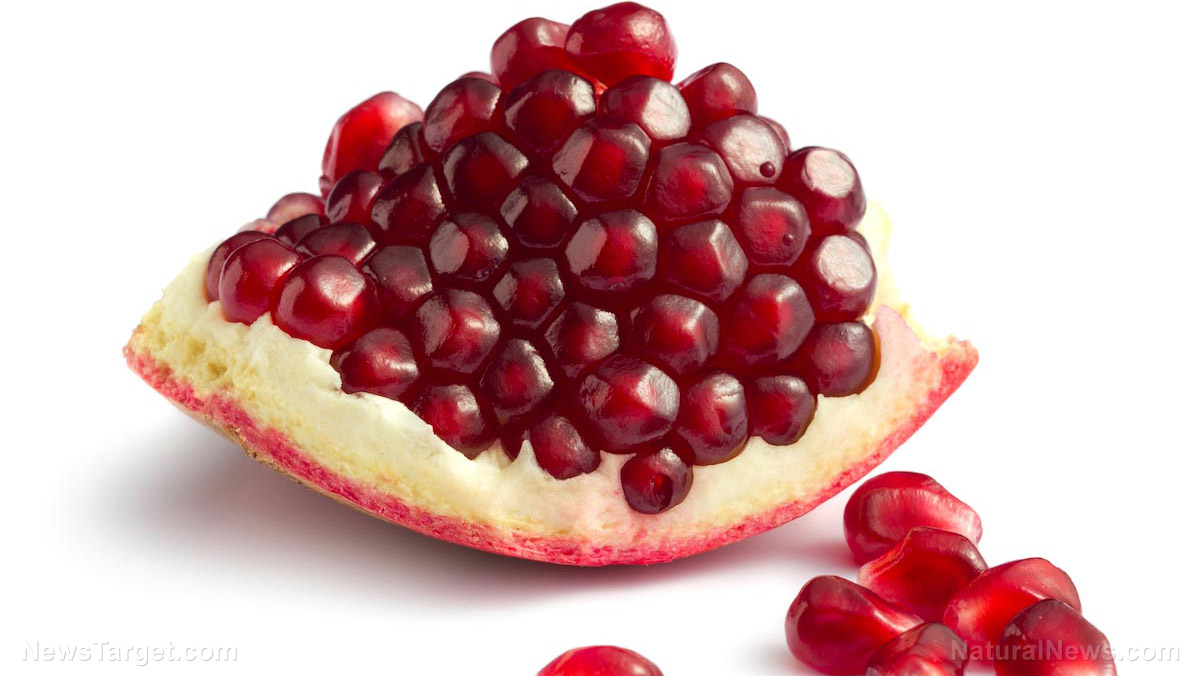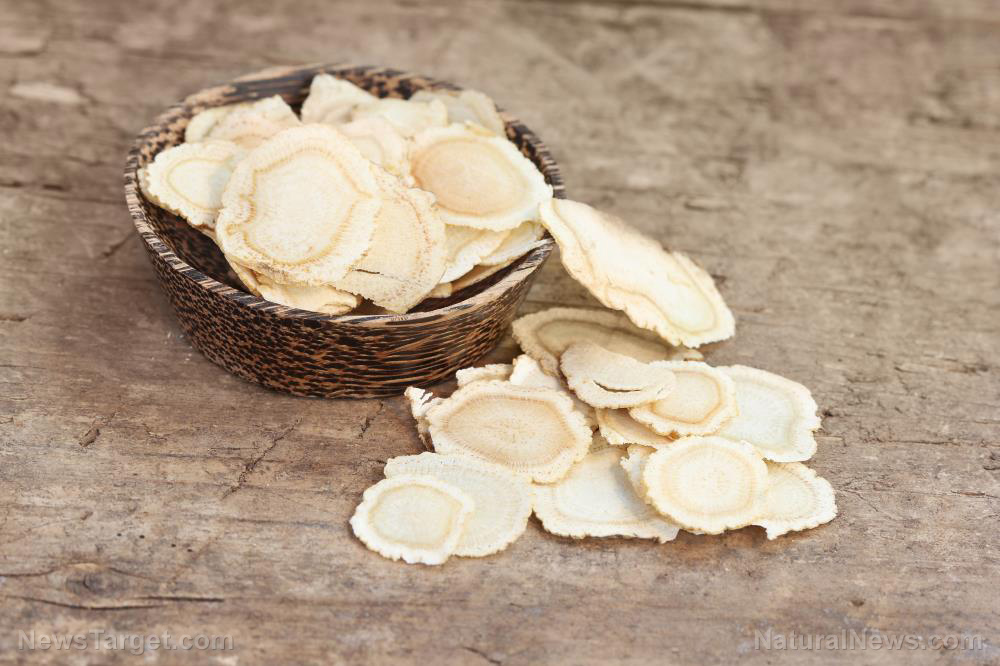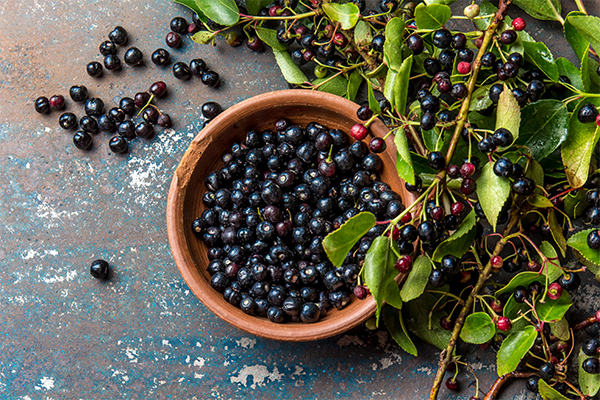A delicious fruit that benefits diabetics: The bush grape
12/04/2018 / By Ralph Flores

Grapes are inarguably the most popular members of the Vitaceae family, thanks to its economic value and multiple health benefits. However, that doesn’t mean that other species of plants under the Vitaceae family are less than grapes, especially in terms of health benefits. A study led by researchers from Haluoleo University and Indonesian Muslim University of Makassar found that the bush grape (Cayratia trifolia) has antioxidant and anti-diabetes properties. The study, which appeared in Pharmacognosy Journal, investigated the phytochemical content and biological activities of the herb.
In Indonesia, people have long used bush grape in traditional medicine. The plant, which locals call galing, has multiple uses — the roots are made into a poultice for boils, while the seeds and bulbs are consumed to lower blood sugar. It is also known to have anti-diuretic and anti-tumor properties. Earlier studies on the plant have already identified its anti-diabetes properties: The roots improved pancreatic beta-cells, which are responsible for insulin production. An earlier review in Pharmacognosy Review found that bush grape can also reduce inflammation, prevent neurodegenerative diseases such as Alzheimer’s, and even decrease the likelihood of certain cancers.
“The activity of galing stem as antidiabetic has not been tested scientifically,” the authors wrote.” We are interested in conducting the antioxidant activity and antidiabetic effects of stem galing ethanol extract in mice [treated with the] streptozotocin inducing method.”
For the study, the team looked at the ability of bush grape in treating diabetes using animal models. The mice used in the study were injected with streptozotocin and sucrose to mimic the effects of diabetes. Researchers then treated the mice with either glibenclamide, a drug commonly used to treat diabetes, or an ethanol extract derived from bush grape stems. The mice were treated once a day for a week. To assess the efficacy of the treatment, researchers took blood samples from the rats before and after the experiment. The extract also underwent in vitro tests to determine its phytochemical content and antioxidant ability.
Researchers found that bush grape contains multiple flavonoids, including alkaloids, flavonoids, saponins, tannins, and triterpenes. These flavonoids, in particular, is what makes bush grape a potent antioxidant agent, the authors noted. After testing the bush grape extract to determine its antioxidant activity, they found that the extract had an IC50 value of 61.52 mg/L. To note, IC50 measures antioxidant concentrations compared to ascorbic acid. In comparison, ascorbic acid only has an IC50 value of 3.97 mg/L. Other flavonoids found in bush grape are kaempferol, myricetin, and quercetin — which have health benefits. The results of the animal models indicated that bush grape improved blood glucose levels in diabetes-induced mice. These benefits were similar to that of glibenclamide, the drug used in the positive control. Glibenclamide, in particular, is often prescribed for people with Type 2 diabetes; however, it isn’t without risk. Some adverse side effects include diarrhea, liver damage, and even abdominal pain.
Based on these findings, the authors concluded that bush grape has the potential to be used in diabetes treatment, thanks to its strong antioxidant properties.
“This study proves again that the amount of natural wealth that can be utilized in improving the quality of health,” the researchers added in their study. “[There are] many more [products] that can be explored, to produce a safer and high-quality product.” (Related: New research shows grapes reduce risk for heart disease and diabetes.)
Learn more about other herbs that help treat diabetes at DiabetesScience.news.
Sources include:
Submit a correction >>
Tagged Under:
antidiabetic, antioxidants, bush grape, Cayratia trifolia, diabetes treatments, food as medicine, food cures, Galing stem, natural cures, natural medicine, phytochemicals
This article may contain statements that reflect the opinion of the author
RECENT NEWS & ARTICLES
BloodSugar.News is a fact-based public education website published by Blood Sugar News Features, LLC.
All content copyright © 2018 by Blood Sugar News Features, LLC.
Contact Us with Tips or Corrections
All trademarks, registered trademarks and servicemarks mentioned on this site are the property of their respective owners.



